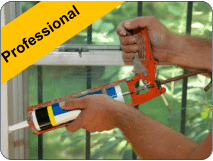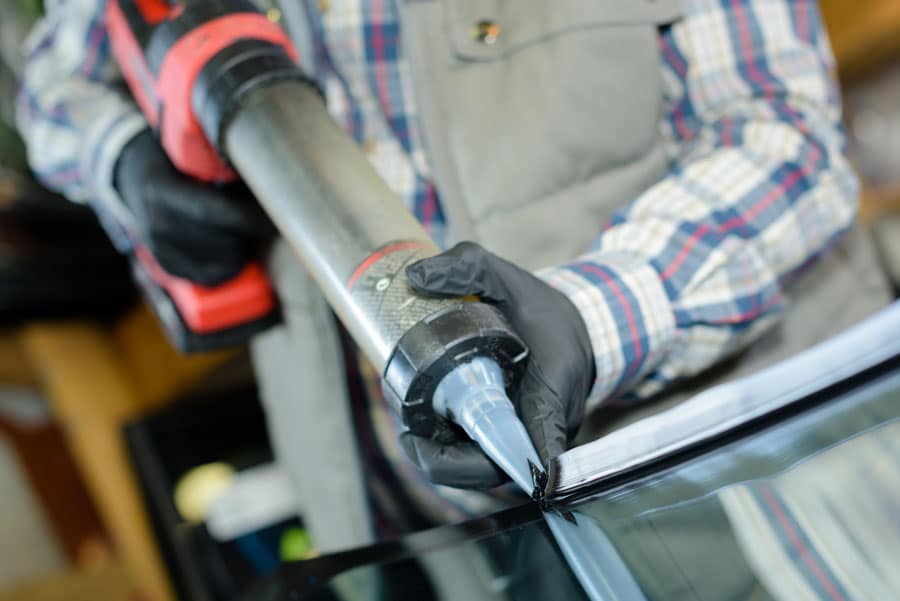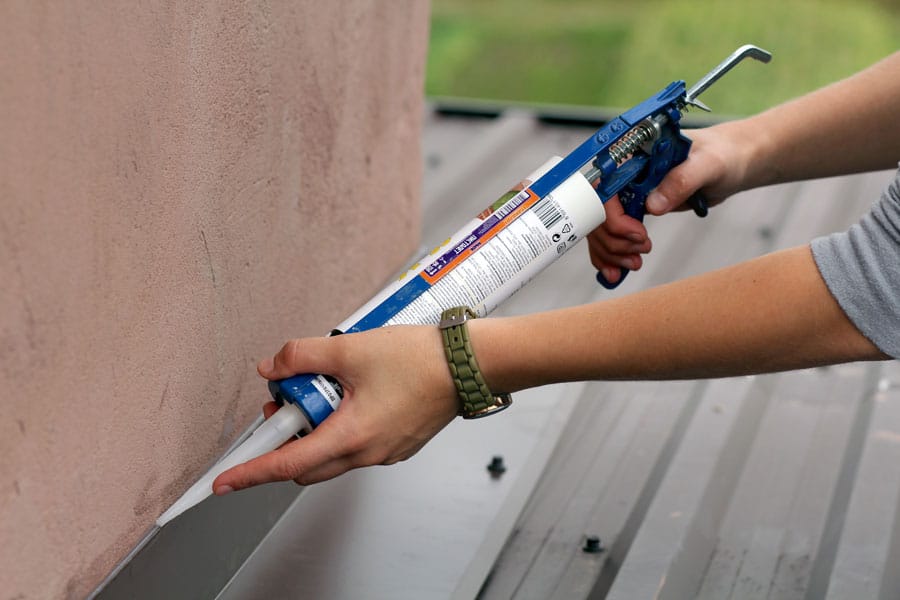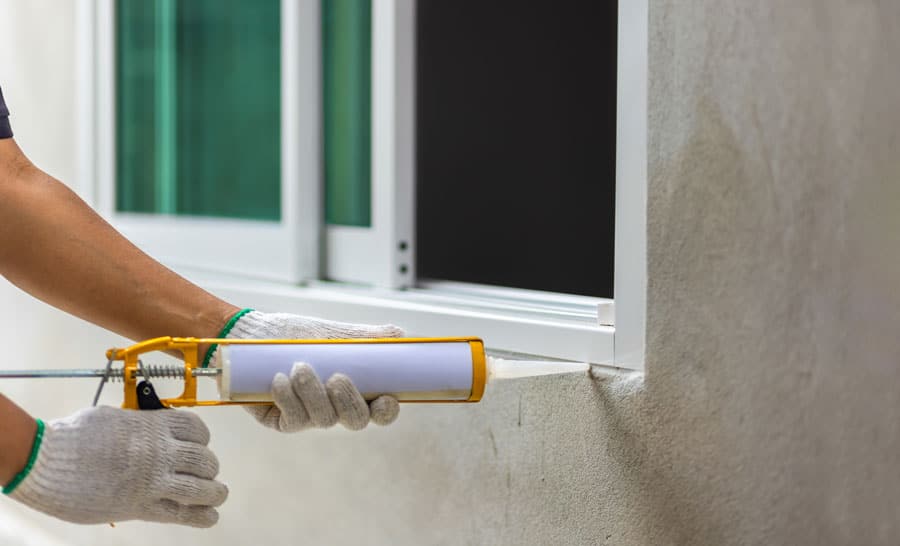



To work effectively, caulking must be applied correctly and maintained over time. Over time, caulk can deteriorate, shrink, or lose its seal, requiring it to be replaced.
As part of a home exterior restoration, any old or damaged caulking should be replaced with new caulking.
Different types of caulk are appropriate for different applications, so it’s important to choose the right type for each part of the project.
In-home exteriors, there are often gaps between different materials or components, such as where siding meets windows or doors, between the foundation and the house, or around any other openings or joints. These gaps can let in water, air, and pests, which can cause damage over time. Caulking seals these gaps and provides a watertight, airtight, mold resistant and pest-resistant barrier.
Water penetration can lead to significant damage, including rot, mould, and mildew, all of which can compromise the structural integrity of a home. By sealing gaps with caulk, you can prevent water from getting into places it shouldn’t be.
Caulking can help improve a home’s energy efficiency by sealing air leaks. This can help keep warm air in the winter and out during the summer, reducing the need for heating and cooling and lowering energy bills.
Caulking can also provide a smooth, finished appearance by filling in gaps and cracks in the home’s exterior. This is particularly important in restoration projects, where the goal is often to make a home look as good as new.
Choosing the “strongest” caulk for exterior home restorations always, like anything else, depends on what is needed for the project. Different caulk performs better in adhesion, flexibility, durability, or resistance to weather, UV light, or temperature extremes.
Polyurethane caulk is extremely durable and flexible, making it ideal for areas with movements or temperature fluctuations, like window and door frames. It adheres well to surfaces, including wood, masonry, and metal.
However, applying it can be more challenging and often requires a solvent like mineral spirits for cleanup.
Silicone caulk is highly resistant to weathering and temperature extremes, which makes it a good choice for many exterior applications. It’s also very flexible, accommodating movement in the structure without cracking or losing its seal. However, silicone doesn’t adhere as well to porous materials like wood or masonry, and it can’t be painted, so it’s usually best for non-visible areas or when the colour match isn’t a concern.
Black silicone caulk is quite common and is often used in exterior applications due to its excellent weather, UV, and temperature resistance. It remains flexible over time, making it ideal for sealing gaps and cracks that may expand or contract.
However, it doesn’t take paint well, so it’s typically used in areas where a colour match isn’t necessary or where the black colour will blend in with the surrounding materials.
Black silicone caulk is quite common and is often used in exterior applications due to its excellent weather, UV, and temperature resistance. It remains flexible over time, making it ideal for sealing gaps and cracks that may expand or contract.
However, it doesn’t take paint well, so it’s typically used in areas where a colour match isn’t necessary or where the black colour will blend in with the surrounding materials.
A&A Masonry is an award-winning Toronto based firm specializing in almost everything exterior.
Our mission is to offer a unique and reliable service in anything exterior within the Greater Toronto Area, differentiating ourselves from the competition by means of always delivering what we promise, on time and on budget.
Send us Email
ADDRESS
33 Billingham Road Etobicoke ON M9B 3X2